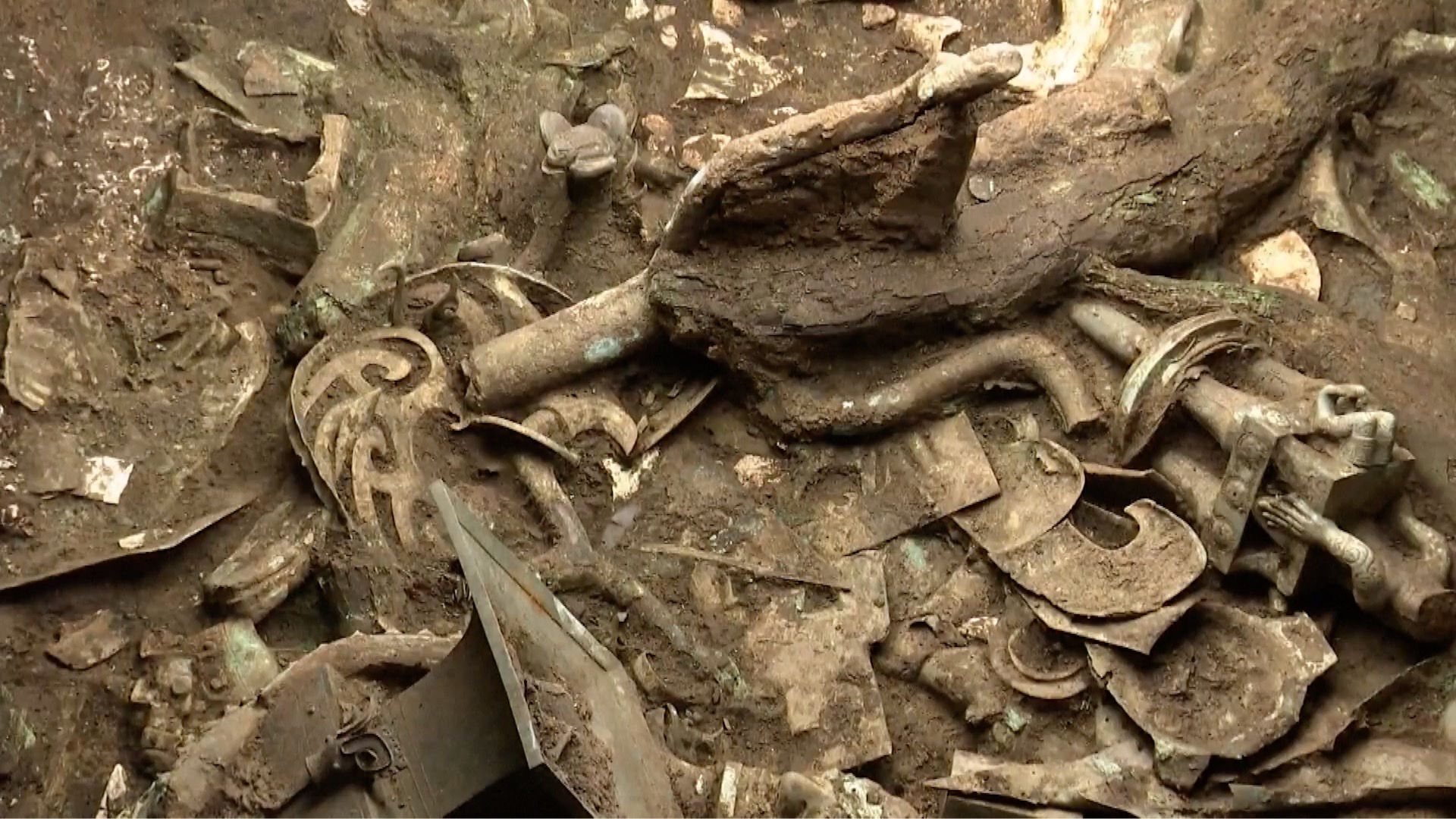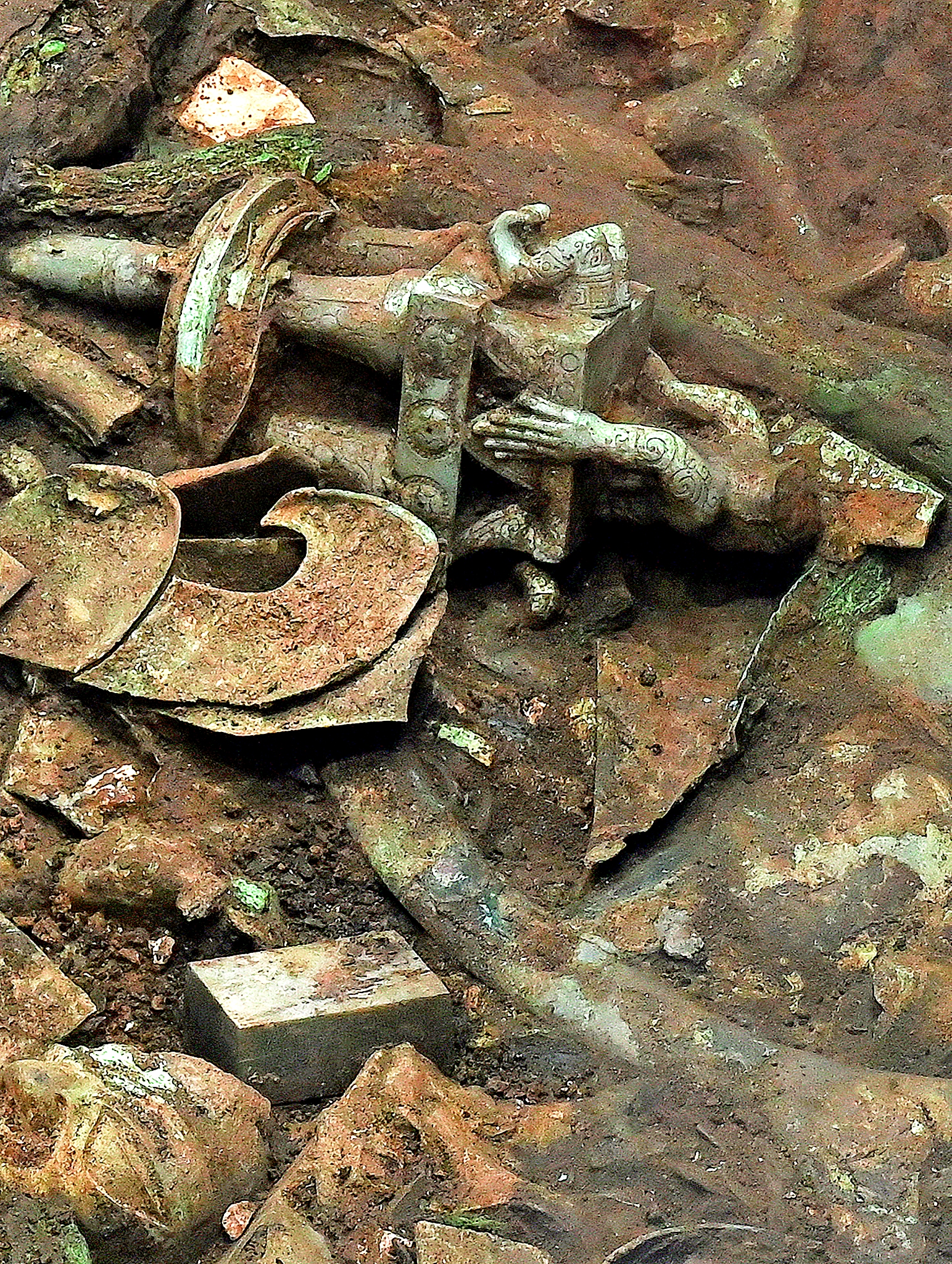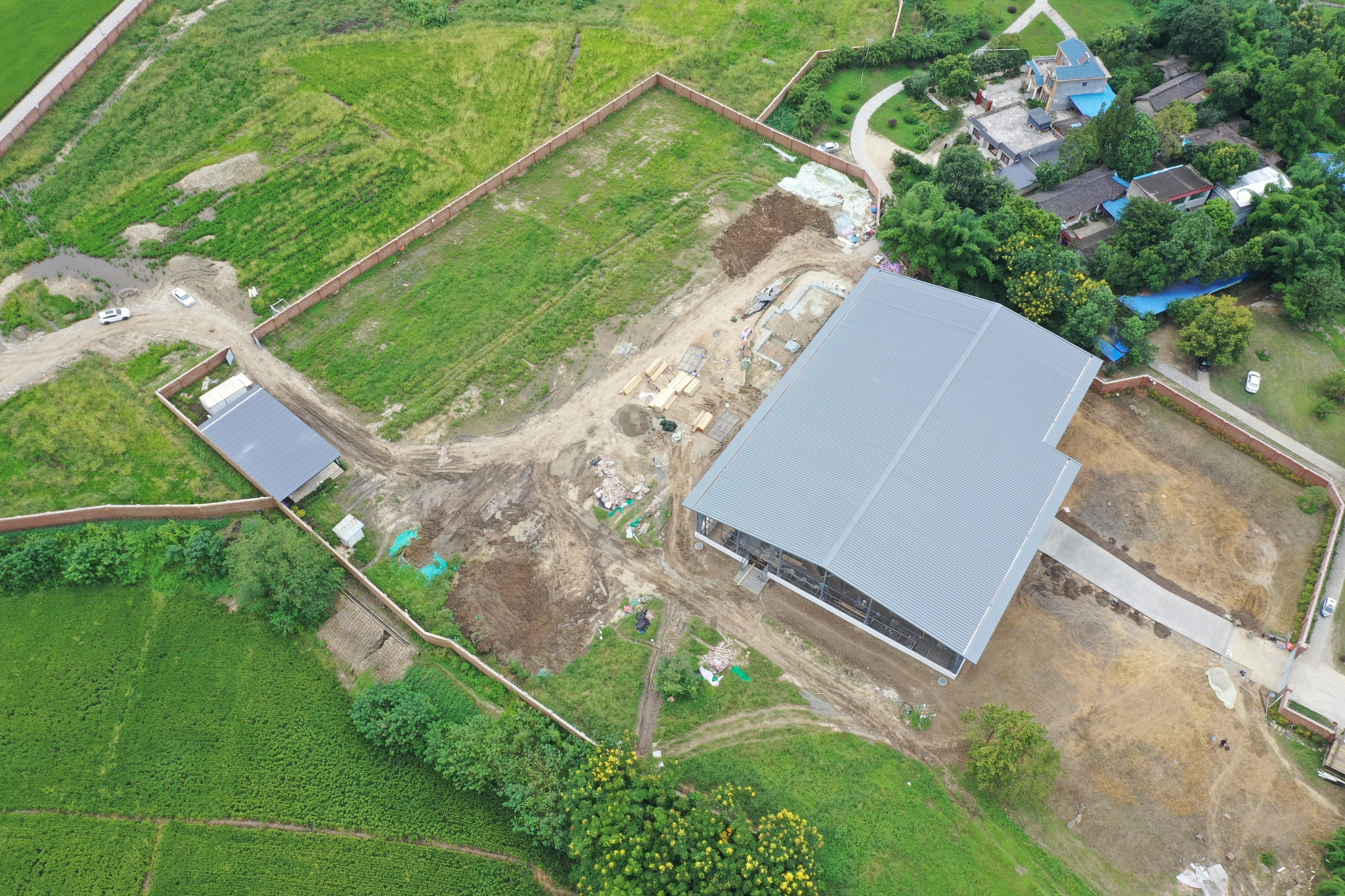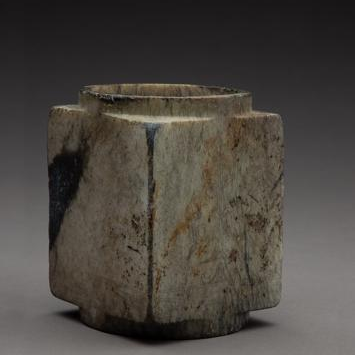Chinese archaeologists on Thursday unveiled new major discoveries at six newly found sacrificial pits at the Sanxingdui Ruins site in southwest China's Sichuan Province, mostly from pits No. 3, No.4, No. 7 and No. 8.
After a period of on-site work, pits No. 7 and No. 8 have been excavated to the utensil layer, where a large amount of ivory fragments were uncovered.
The process of excavation at the No. 3 pit has entered the final stage with a new bronze sacred tree unearthed at the pit earlier and most of the cultural relics being cleaned and restored currently.
The much anticipated archaeological excavation of the Sanxingdui Ruins site has been underway, with nearly 10,000 cultural relics dating back about 3,000 years unearthed so far, since the site announced the discovery of six more pits in March.
01:00

In 1986, archaeologists found two large-scale sacrificial pits with thousands of rare ancient treasures at the Sanxingdui Ruins site, which offers great historical evidence of the ancient Shu Kingdom from 5,000 years ago and is considered one of the most important ancient remains in the world.
Rare giant bronze vessels from No. 8 sacrificial pit
Some very rare and important large bronze vessels were uncovered from the No. 8 sacrificial pit during the recent excavation, among which there are likely to be new national treasures.
The No. 8 sacrificial pit at the southwestern part of the archaeological site is the largest in size, measuring 5.1 meters in length and 3.8 meters in width. It covers an area of nearly 20 square meters – five times that of pit No. 5.
After the archaeological team cleaned up the upper soil-filled and ash layers, a significant number of ivory items were found at the utensil layer, covering almost the entire pit, with some large bronze vessels disclosed in some corners.
According to the archaeologists at the site, it could be distinguished from the exposed parts that these bronze items are unique in shape and have never been seen before.

A great number of bronze and ivory items are unearthed in the newly found sacrificial pits at the Sanxingdui Ruins site in southwest China's Sichuan Province, July 12, 2021. /CFP
A great number of bronze and ivory items are unearthed in the newly found sacrificial pits at the Sanxingdui Ruins site in southwest China's Sichuan Province, July 12, 2021. /CFP
Lots of ivory and jade wares from No. 7 sacrificial pit
A large number of ivory relics were unearthed from the No. 7 sacrificial pit, but no bronze objects have been located underneath the ivory so far, according to archaeologists at the site, who found numerous jade artifacts instead.
The archaeologists have discovered jade zhang (jade tablets) and jade zao (chisels), as well as many other types of jade artifacts that have never been seen before. Further excavation and research continue to be carried out.
All cultural relics in No. 4 sacrificial pit extracted
All the cultural relics in the No. 4 sacrificial pit have been extracted, with 79 complete objects and 1,073 fragments unearthed.
According to archaeologists, 478 pieces (sets) of relics are relatively complete, and 141 are fragments. Cultural relics still intact include nine jade artifacts, 21 bronze objects, 47 ivory items and two pottery items.
Intact artifacts include two jade cong (jade tube with a square cross-section and a circular hole), one jade yuan (jade ring), four jade zao (jade chisel), one jade bi (flat jade disc), one jade ben (jade adze).

Aerial view of the archaeological site of the Sanxingdui Ruins in Guanghan City, southwest China's Sichuan Province. /CFP
Aerial view of the archaeological site of the Sanxingdui Ruins in Guanghan City, southwest China's Sichuan Province. /CFP
Based on the research on the soil from the pit, archaeologists believe that No. 4 pit dates back between 3,148 to 2,966 years during the late Shang Dynasty (1600-1046 BC).
Cultural relics from No. 3 pit being cleaned and restored
The excavation of No. 3 pit, which is rich in cultural relics and artifacts, has entered the final stage, and most of the key treasures have been extracted.
A total of 729 pieces of various cultural relics have been unearthed from the pit so far, and among them, there are 478 pieces of complete relics and 141 fragments.
Newly found complete artifacts include 293 bronze objects, 45 jade objects, 100 ivory items, seven gold objects, two bone carvings, two stone tools, 26 pieces of sea shells, and three unknown items.
Among them, there is an intact jade cong with sacred tree pattern, offering essential evidence for the study of the meaning and symbolism of the sacred tree in ancient Shu society.

An intact jade cong with scared tree pattern is uncovered from the pit No. 3 at the Sanxingdui Ruins site in southwest China's Sichuan Province. /CMG
An intact jade cong with scared tree pattern is uncovered from the pit No. 3 at the Sanxingdui Ruins site in southwest China's Sichuan Province. /CMG
In the southern part of the pit, the bottom of most areas has been revealed, while some cultural relics remain in the northern part. The extraction work is expected to continue for a period of time.
Archaeological excavations are carried out simultaneously with the protection and preservation of the cultural relics.
At pit No. 3, many notable discoveries have caught much attention, including a 1.15-meter-tall bronze figure holding a zun (ancient Chinese drinking vessel), a unique square bronze zun, and a giant bronze mask, 135 centimeters in width and 74 centimeters in height, among others.
The precious treasures have been sent to the Cultural Relics Protection Center of the Sichuan Provincial Institute of Cultural Relics and Archaeology, where cleaning and restoration work is underway.
(Cover image designed by Yin Yating)

